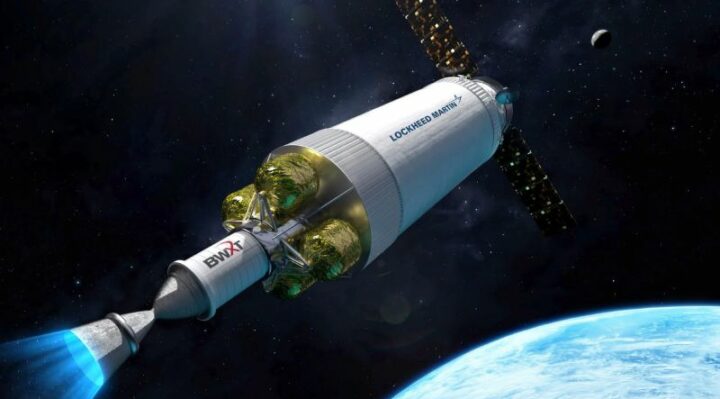
In order to create a new rocket that might significantly shorten space travel durations, a private company is collaborating with NASA, the US space agency.
Such a rocket’s engine will be built to dramatically boost thrust in order to accelerate space flight and boost rocket economy.
The force that propels a spacecraft through the atmosphere is called thrust. It is generated by a mechanism for propulsion. Generally, a spaceship moves forward at a fast speed by burning gas or liquid fuel to create push from the back of the craft.
Howe Industries, based in Arizona, is developing a novel design known as the Pulsed Plasma Rocket (PPR). When it comes to developing functional engine models, the company is still in the early phases of researching the technology.
According to a recent statement from Howe Industries, NASA’s intentions to get people back to the moon and maybe Mars will need the use of such rocket technology. Another objective of the space agency is to establish a permanent base in space. The lengthy flight times required by the spacecraft technology in use today, however, are a hindrance to all these goals.
According to NASA, the moon is typically about 382,500 kilometers away from Earth. The moon’s orbit around Earth causes a variation in the precise distance. Mars and Earth are separated by an average of 225 million kilometers.
According to NASA, a round-trip journey to Mars with current spacecraft would need a minimum of 200 days. The Pulsed Plasma Rocket’s developers claim that their technology might cut the time it takes to get to the Red Planet in half, to roughly two months each way.
According to Howe Industries, the rocket’s innovative architecture enables it to travel at very high speeds for “reasonable” space travel durations. According to the development team, the PPR system has the potential to generate thrust of up to 100,000 N. The number’s final “N” represents Newtons, the unit of measurement for propulsion.
NASA claims that the Space Launch System (SLS) is the most potent vehicle ever constructed. According to the NASA, the SLS rocket system should propel a payload of approximately 53 N into space.
PPR’s developers claim that the new design offers a “specific impulse” rate of 5,000 in addition to a significant boost in thrust. A technique for calculating the thrust and efficiency levels of rocket engines in seconds is called specific impulse. The rocket system is more efficient the greater this rate is. The SLS rocket, in contrast, has specific impulse rates that are less than 500.
Howe officials have stated that pulsed fission fusion, another plasma-based technique, forms the foundation for the PPR. According to NASA, this method creates propulsion by rapidly forcing plasmas to high pressures. However, the PPR system’s creators claim that it is simpler, smaller, and less expensive to run.
The combination of exceptionally high thrust and higher specific impulse rate, according to Howe’s statement presenting the invention, “holds the potential to revolutionize space exploration.”
According to the team, a system like this ought to be able to power considerably larger spacecraft and enable far longer journeys to farther reaches of space. The proposed technology may potentially facilitate the installation of large shields on spacecraft to safeguard humans from Galactic Cosmic Rays while they are in transit. These particles travel across space at almost the speed of light and are very energetic. In excessive quantities, the rays can be dangerous to people.
Several NASA development projects, including the PPR project, have just been given extra funding to continue operating. The initiatives are a component of NASA’s Innovative Advanced Concepts (NIAC) program.
PPR is in its first phase of development right now. The researchers stated that if NASA decides to move forward with Phase II, the main goals will be to conduct trials on significant engine systems and enhance the efficiency of the suggested engine. The final stage will entail finishing the design of a spacecraft that will transport people to Mars.



